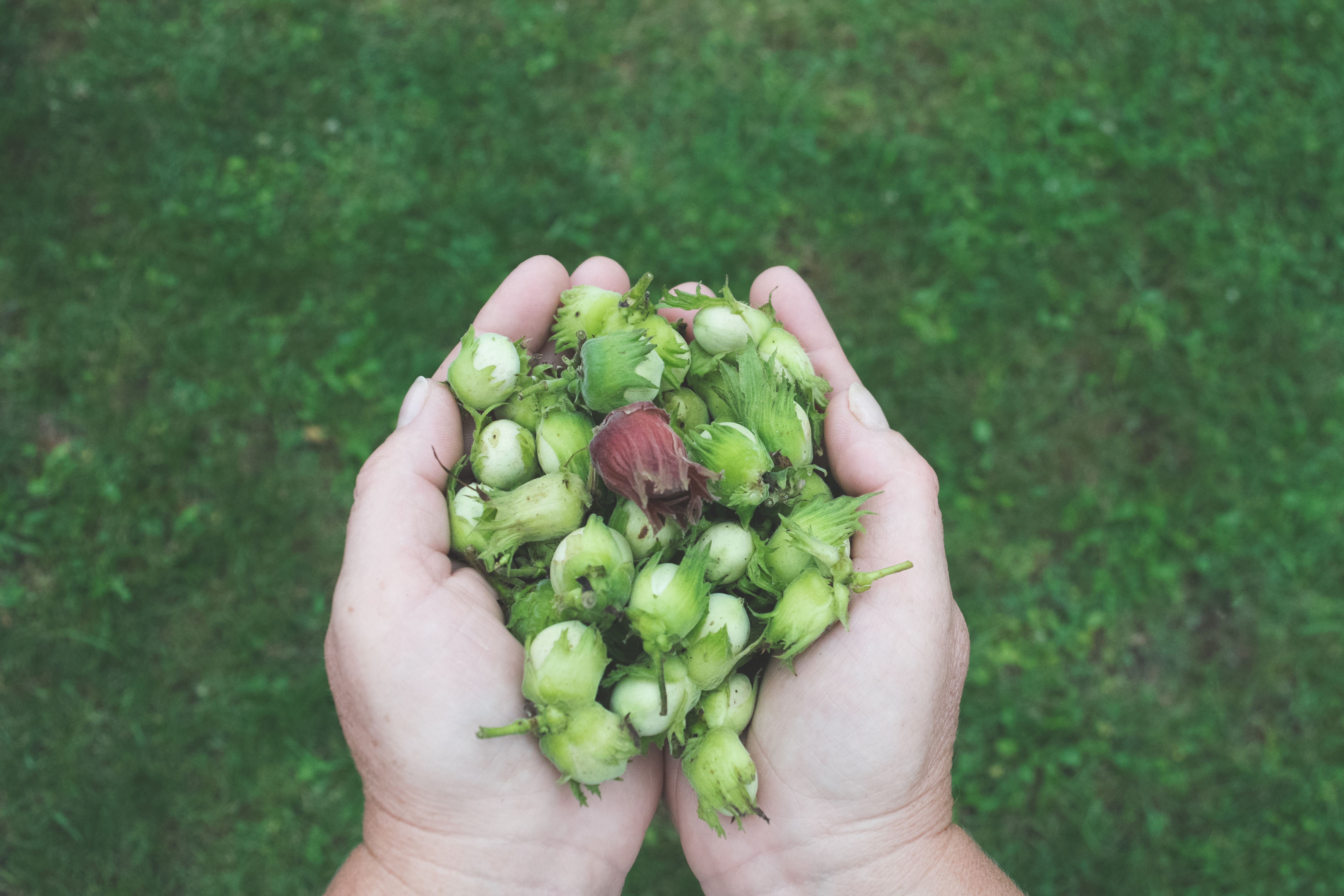Throughout the world, an estimated one billion people do not have access to clean fresh water, and almost as many suffer from hunger and malnourishment. At the other end of the food spectrum, millions of people suffer disease and ill health associated with overconsumption and poor-quality nutrition.
Research published in The New England Journal of Medicine suggests, for the first time in modern history, average life expectancies in developed nations such as the United States are projected to decline in the next generation as a result of conditions associated with poor nutrition, including obesity, diabetes, and cardiovascular disease.

Food for the future
Some people believe that there is already enough food produced to feed the world, and the problem of food security is principally one of distribution, not production. They argue that our primary focus should be on improving food distribution globally and reducing waste in developed countries, rather than increasing crop yields. However, this notion ignores a number of key facts that indicate that further increases in crop yields are essential.
First, causes of, and problems associated with, inadequate food distribution in developing nations have been recognised for more than 50 years but remain unresolved due to multiple political and socioeconomic factors – highlighted in a Food and Agriculture Organisation for the United Nations (FAO) report Assuring food safety and quality. Consequently, arguments that focus purely on resolving distribution problems are unlikely to be effective in meeting the challenges of food security over the next 50 years.
Second, consumption of grain has outpaced production for years, with the result that world grain stocks have fallen annually for the last ten years and are now at the lowest level – 55 days of world consumption – since 1960.
Third, the global population is projected to increase by at least another 50 percent in the next 50 years. It is calculated that feeding this population will require increases in food production of 120 to 170 percent – the larger figure being required if all nations were to attain the current diets and calorie intake that developed nations enjoy today.
In addition, food scarcity and hunger are prevalent in areas that have the lowest grain production and the lowest crop yields, such as sub-Saharan Africa and the Indian subcontinent. Enhancing crop production in these areas therefore could help to supply food where it is needed and help to improve incomes for local farmers. Widely recognised to be two key factors in ensuring food security and lifting people out of poverty, they were highlighted by the FAO seven years ago in the report The State of Food Insecurity in the World 2006.
Increased food production could be accomplished by increasing the amount of arable land or increasing crop yields per unit of land – see previous post on Precision farming. The potential for new arable land is severely limited worldwide as it is a finite resource, and many nations have declining areas of arable land due to water shortages, soil erosion, and desertification.
Global climate change is expected to further exacerbate these problems. Indeed, a report, ‘Historical Warnings of Future Food Insecurity with Unprecedented Seasonal Heat’, published in Science, suggests that climate changes this century are likely to cause major disruptions to global agriculture unless new heat- and drought-tolerant crop varieties and more efficient irrigation systems are developed.
Plant scientists and others therefore see a critical need for a ‘second green revolution’ involving the development of not only higher yielding crop varieties for all, but higher yielding varieties that will be adapted to local, nonoptimal conditions such as those in sub-Saharan Africa and the Indian subcontinent in particular. Bill Gates argues:
'Three quarters of the world's poorest people get their food and income by farming small plots of land...if we can make smallholder farming more productive and more profitable, we can have a massive impact on hunger and nutrition and poverty...the charge is clear—we have to develop crops that can grow in a drought; that can survive in a flood; that can resist pests and disease...we need higher yields on the same land in harsher weather.'
Furthermore, rising living standards have increased meat consumption, so that grain crops increasingly go for animal consumption and are no longer available for people. Despite a decline in recent years, average meat consumption in the United States is 120 kg/year per capita (more than three times the world average), and many regions in developing countries are experiencing a substantial shift from cereals to meat and eggs.
On average, the production of 1 kg of meat requires 4 to 8 kg of cereals. The consequent increase in demand for maize and coarse grains for animal feed will have a significant impact on agricultural land.
Ultimately, the consumption of meat by developed countries is in considerable excess and a drastic shift to healthier and more sustainable dietary habits is required.
(Image Credit: http://www.lifeofpix.com/gallery-items/food/)


